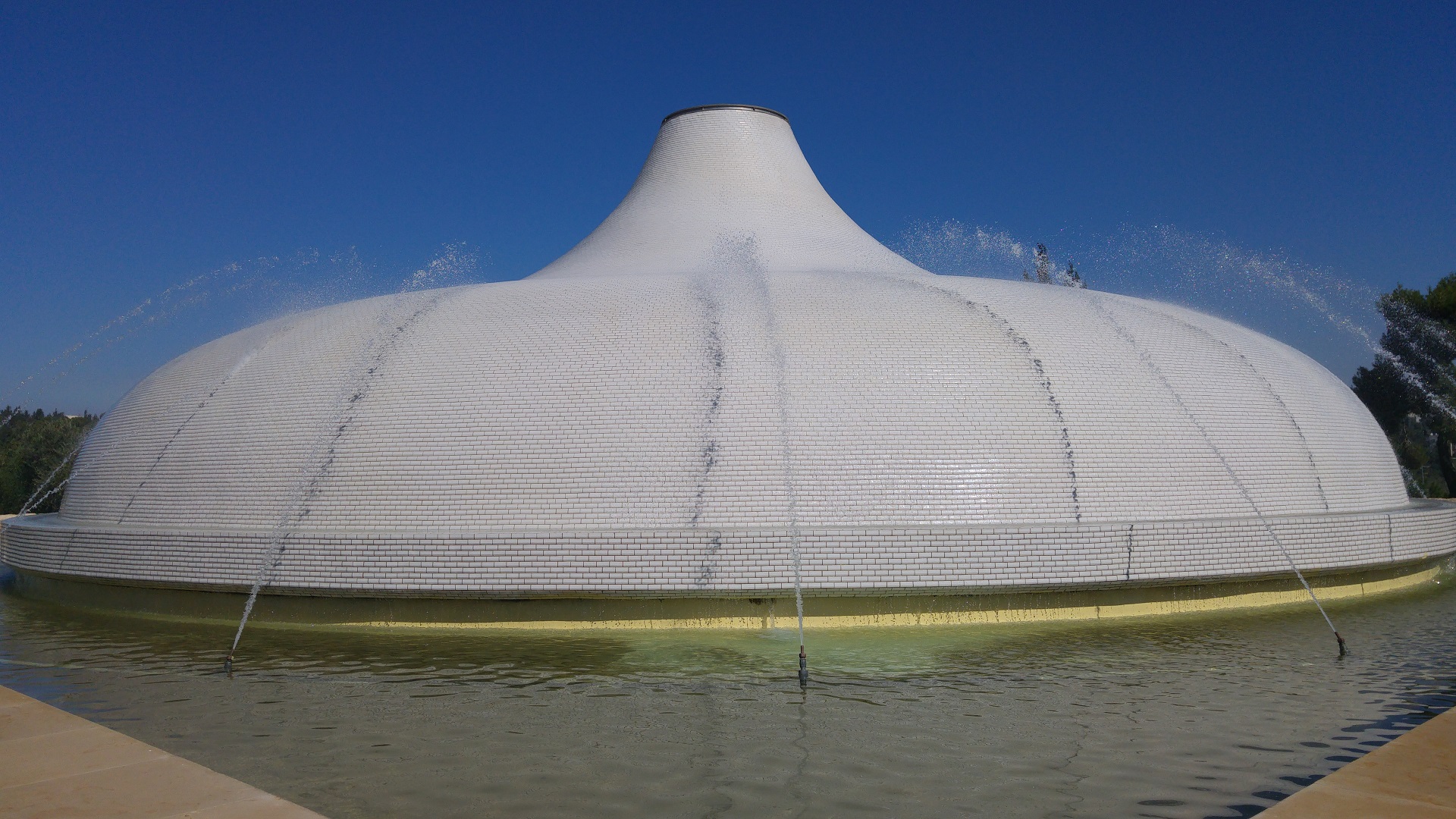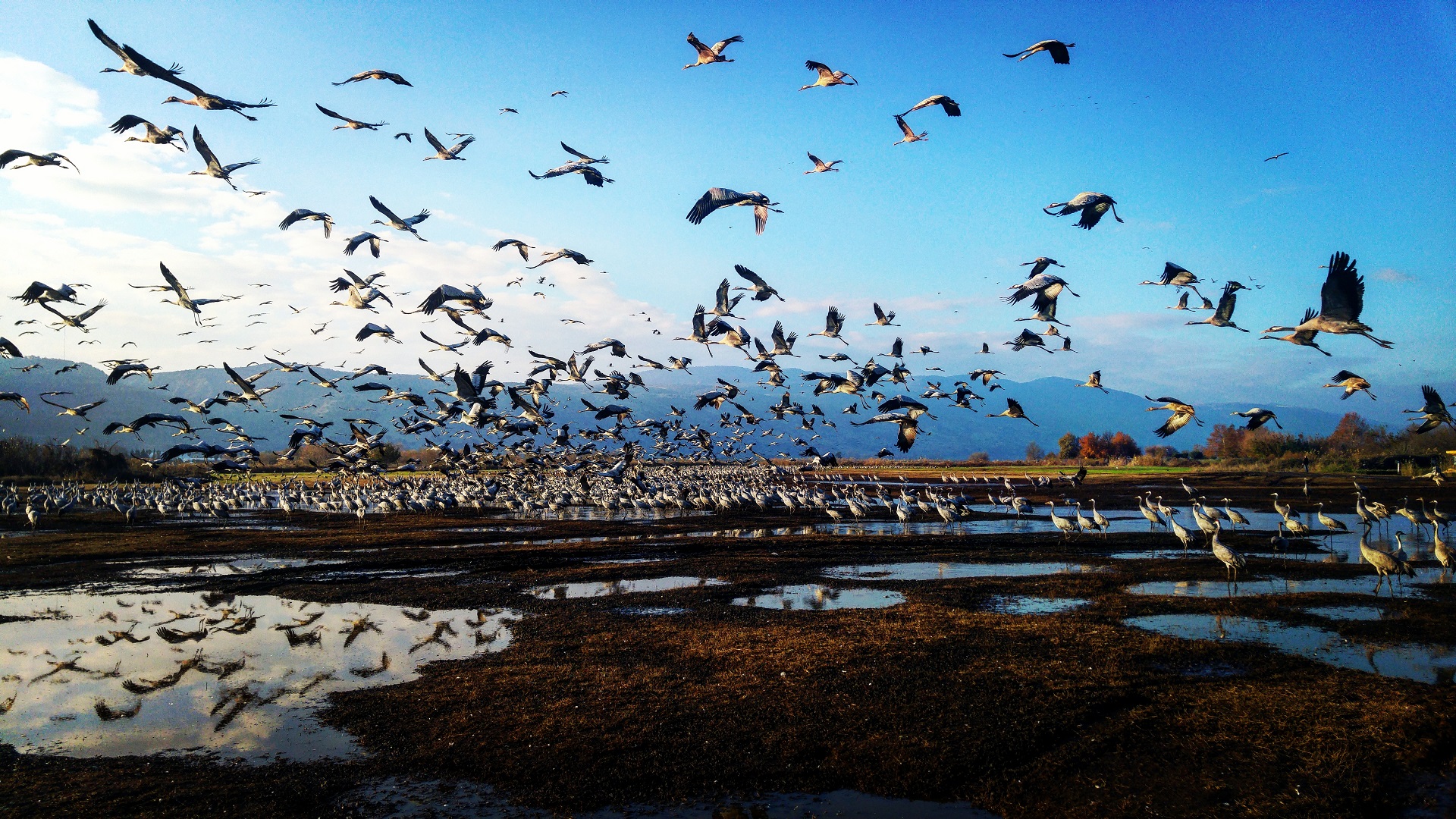Israel is a very young country, just over 70 years old, but its rich history and vibrant heritage attract millions of visitors every year.
A great way to get acquainted with Israel is to visit one or two of its museums.
Whether you are interested in history, archeology, and arts, or looking for a fun, interactive experience, Israel offers over 200 museums and institutions that showcase a different aspect of the country’s life and legacy.
Every year, on May 18th, Israel celebrates the National Museum Day, which falls on the Jewish holiday of Lag BaOmer.
On that day, over 70 Israeli museums open their doors and offer visitors a variety of free tours and activities.
The following is a list of Israel’s greatest museums.
Yad Vashem Museum in Jerusalem
The main Holocaust memorial center in Israel commemorates the lives of the Jewish people, who perished during WWII, and of those few who survived.
The large complex spreads over a vast territory.
It includes various memorials and museums, each exposing a different aspect of Jewish lives before, during, and after the Holocaust.
Thousands of trees planted throughout the complex tell the story of the Righteous Among the Nations, each tree has a plaque with a name of a non-Jewish person who could not stand still and was willing to put his or her life in danger to save Jewish life.
The museum does not charge an entrance fee. If you want to enhance your experience, we highly recommend taking a guided tour.
Israel Museum in Jerusalem
The country’s leading museum that features exhibitions of Israel’s finest archeology and art collections.
A walk through the Archeology Department will take you on a journey through time, while gazing at some of Israel’s most important findings.
The art section showcases a wide range of works created by famous Israeli and international artists.
Additional highlights are an enormous world Judaica treasury and an impressive sculpture garden.
Make sure to not miss the giant Model of Jerusalem in the Second Temple period, and the world-renowned Dead Sea Scrolls, which are the oldest Biblical manuscripts in the world.
Palmach Museum, Tel Aviv
The Palmach Museum tells the story of the young men and women who dedicated their lives to defending the Jewish community in the Land of Israel prior to 1948.
The Palmach organization was eventually incorporated into the Israel Defense Forces and played a major role in the army’s development.
The museum is composed of several rooms, each room displays another part of Palmach history through a series of multimedia presentations.
Walking through the rooms, you will be exposed to the fascinating life of the warriors, from recruitment and daily life to the battles and the difficult choices they had to make.
Diaspora Museum
The Diaspora Museum, also known as the Museum of the Jewish People in Beit Hatfutsot, focuses on the culture and legacy of Jewish communities from around the world.
The museum acts as a bridge, connecting visitors to the Jewish world, reinforcing Jewish identity and providing a sense of unity among Jewish people regardless of their origins.
Among the many interesting displays, you should not miss the Synagogues and Jewish Humor exhibitions.
Ayalon Institute
The Ayalon Institute is composed of what was once an underground ammunition factory disguised as laundry service in a kibbutz.
The factory was run by 45 members of the “Haganah” in the years prior to the establishment of the State of Israel.
In 1948, when Israel was established, the factory ceased its operations and the entire area was reopened in 1987 as a museum and heritage site.
Today, it is a fascinating museum that tells the stories of 45 resistance warriors in their effort to defend the Jewish community before 1948.
Friends of Zion Museum, Jerusalem
Situated in downtown Jerusalem, the Friends of Zion Museum was created by one of Israel’s greatest allies – Pastor Mike Evans. His goal was to immortalize the help and love of non-Jews to the Jewish nation.
The museum is composed of 7 galleries and incorporates 3D technology which presents stories of non-Jews throughout history, and highlights their significant role in fulfilling the Zionist dream.
Rockefeller Archaeological Museum
Located in East Jerusalem opposite the Old City walls, it is a leading museum in its field.
Built in 1938, it was the first home of the Dead Sea Scrolls and Jerusalem’s main museum until the Israel Museum was established in 1965.
The museum displays impressive artifacts from the prehistoric era to the 19th century. Entrance is free of charge.
Ammunition Hill, Jerusalem
The Ammunition Hill was an important Jordanian outpost in Jerusalem, where one of the fiercest battles of the Six-Day War took place.
The position was located next to the Israeli-Jordanian border, on a higher level dominating the Old City and the adjacent Jewish and Arab neighborhoods.
Israel succeeded in conquering the outpost at the cost of 36 fallen soldiers.
Today, the Ammunition Hill is a memorial that tells the story of the acts of courage and determination in that difficult battle. The bunkers and trenches are still visible today.
Independence Hall
May 14, 1948, Friday, 04:00 pm, a few hours before the end of the British Mandate of Palestine, David Ben Gurion declared the establishment of the State of Israel in this house.
Originally the house of the first mayor of Tel Aviv Meir Dizengoff, nowadays, the Independence Hall is a museum and national heritage site that connects visitors to the events that brought to the declaration of Israel’s independence.
The Children Museum, Holon
The Children Museum is a cultural and educational institution that offers a hands-on experience for children of all ages, as well as for adults.
It opened in 2001 and has since welcomed over one million visitors.
The museum provides 5 interactive trails, where children actively participate in various fantasy adventures, and 2 immersive exhibits that invite visitors to explore the world of people with hearing and speech impairments.
Armored Corps Museum in Latrun
The Armored Corps museum, in Hebrew – “Yad LaShiryon”, is a memorial site and a museum dedicated to the fallen soldiers of the Armored Corps.
Before 1948, the main building used to be a British police station that dominated the main road from Tel-Aviv to Jerusalem.
After the British left, a series of difficult battles developed between Israel and Jordan, both wanting to have a permanent hold over this position, however it was ultimately conquered by Israel.
Nowadays, the old police station building is an Armored Corps history museum and education center.
Over 160 tanks and armored vehicles are displayed around the building, most of them participated in Israel’s war with the Arab neighboring countries, while some of them were brought from different countries around the world.
This is the most diverse tank and armored vehicle collection in the world.
Museum of Natural History, Tel Aviv
Located in Tel Aviv University, the Steinhardt Museum of Natural History is Israel’s largest center for research and documentation of biodiversity, agriculture and nature conservation.
The museum is home to over 5 million specimens collected by scientists from Tel Aviv University and other institutions.
It welcomes everybody to enjoy its fascinating exhibitions of Israel’s flora and fauna, as well as human interaction with the environment throughout history.
Additional museums to consider: Ben-Gurion House in Tel Aviv, Bible Land Museum in Jerusalem, Atlit Detainee Camp, Ilana Goor Museum in Old Jaffa, Israeli Air Force Museum, and many more.





